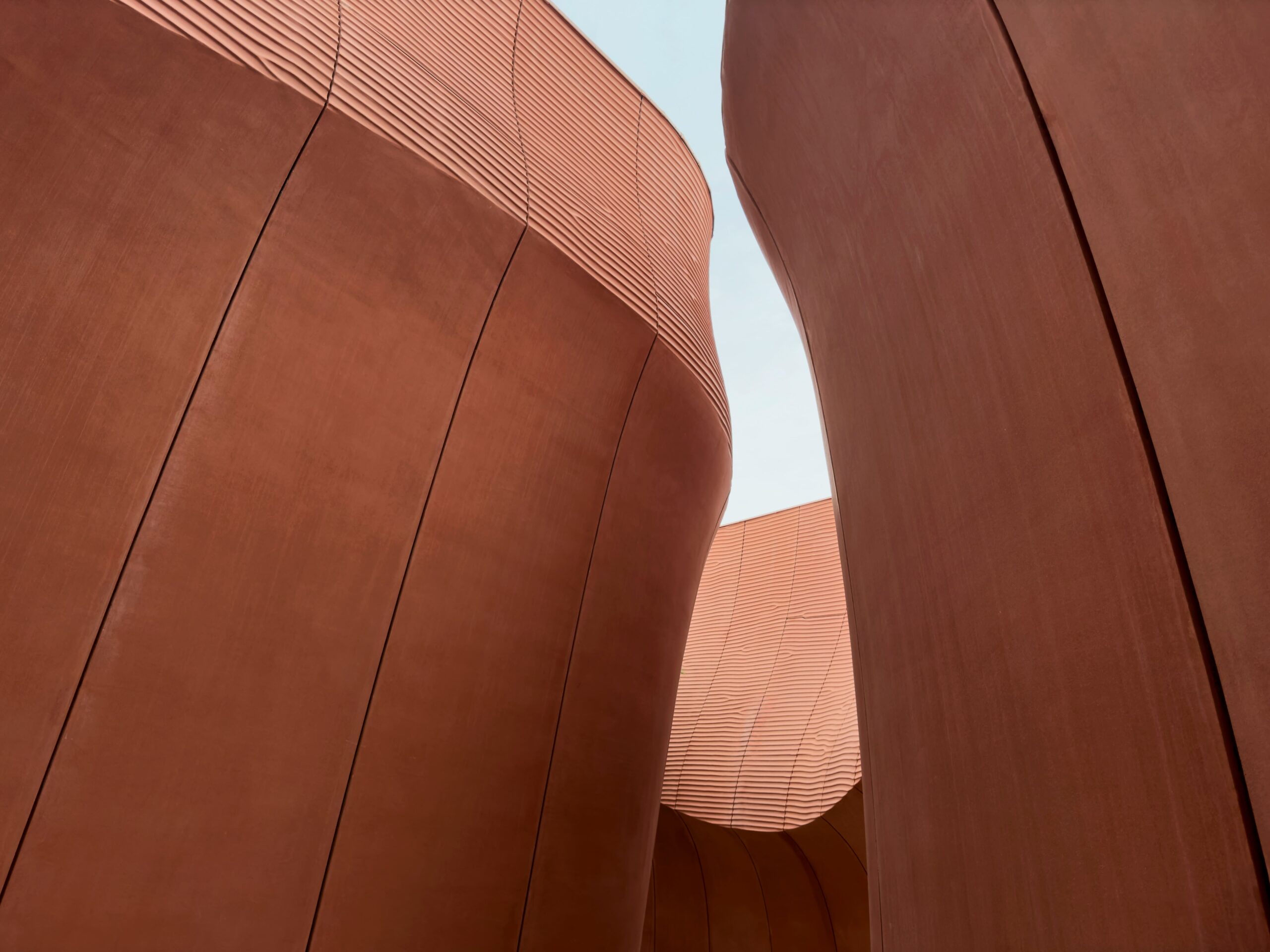
Al Reem Island vs. Saadiyat Island: Which Lifestyle Suits You Best?
Oct 29, 2025 - 7 m. reading time
Abu Dhabi’s real estate market recorded AED 52 billion in transactions during the first half of 2025, representing a 39 percent increase compared to 2024. At the center of this growth stand two distinct waterfront destinations: Al Reem Island and Saadiyat Island, each offering unique development characteristics and investment fundamentals.
Al Reem Island: Urban Integration and Business Connectivity
Al Reem Island, located 600 meters off Abu Dhabi’s northeastern coast, recorded a 38 percent year-on-year increase in off-plan property prices in Q2 2025, the highest growth among Abu Dhabi’s prime locations.
The island encompasses 2 square kilometers of mixed-use development, with investment costs exceeding $30 billion. Major developers including Aldar Properties PJSC, Reem Investments, and Tamouh have created diverse offerings across key zones: Shams Abu Dhabi (25 percent of island area), Marina Square (14 towers, 3,440 units), and City of Lights featuring the Gate Towers.
Average waterfront prices reached AED 1,800 per square foot in 2025, with rental yields of 7.6 to 8.5 percent, among Abu Dhabi’s strongest returns. Apartment rents increased 21 percent year-on-year in Q2 2025, while the island recorded over AED 1 billion in transactions during Q1 2025.
The April 2023 ADGM jurisdiction expansion transformed the island’s investment profile, attracting over 1,100 new businesses and bringing registrations past 11,000 entities. The concentration of Grade-A office space creates an integrated live-work environment appealing to professionals and executives.
Infrastructure includes two bridges to Abu Dhabi mainland and Al Maryah Island, with a third to Saadiyat Island expected by 2027. Reem Central Park spans 1 million square feet, while Reem Mall encompasses 2.8 million square feet. Educational options include Repton School and Paris-Sorbonne University Abu Dhabi.
Saadiyat Island: Cultural Integration and Premium Positioning
Saadiyat Island led Abu Dhabi locations in transaction value during Q1 2025, recording AED 5.6 billion in real estate deals. The development strategy integrates world-class cultural institutions with luxury residential communities.
The Saadiyat Cultural District houses Louvre Abu Dhabi, with Guggenheim Abu Dhabi and Zayed National Museum scheduled for completion in coming years. Saadiyat Grove, a 242,000 square meter development valued at AED 10 billion, forms the commercial core with 60,000 square meters of retail offerings.
Beach villa communities provide single-family homes with direct beach access. An eight-bedroom mansion transacted for AED 400 million in 2025, marking Abu Dhabi’s highest-value residential sale. Apartment projects include Louvre Abu Dhabi Residences (400 units) and Nobu Residences (88 branded apartments).
Villa prices recorded 28 percent year-on-year growth in the first half of 2025, reflecting limited ultra-premium supply. Rental yields range from 5 to 7 percent annually, compensated by superior capital appreciation. Aldar reported AED 5 billion in sales during the first half of 2025.
Protected beaches, coral reefs, and marine reserves provide ecological value alongside championship golf courses and beach clubs. International schools including North London Collegiate School and Cranleigh Abu Dhabi create a family-oriented environment.
Comparative Investment Analysis
Al Reem Island prices range from AED 1,194 to AED 1,800 per square foot, positioning it in the premium accessible segment. Saadiyat Island commands higher premiums, beachfront apartments exceed AED 2,000 per square foot, villas above AED 6 million.
Al Reem Island’s 7.6 to 8.5 percent rental yields optimize income-focused strategies, with occupancy exceeding 95 percent. Saadiyat Island’s 5 to 7 percent yields are offset by 28 percent villa appreciation, attracting investors prioritizing capital growth.
Development pipelines differ: Al Reem continues active branded residence launches, while Saadiyat focuses on Cultural District completion and villa community expansion.
Target Demographics
Al Reem Island attracts professionals, executives, and entrepreneurs in Abu Dhabi’s financial sectors. Demographics skew toward international residents seeking modern high-rise living with workplace proximity. Strong rental demand exists for one- and two-bedroom apartments.
Saadiyat Island appeals to families and high-net-worth individuals prioritizing cultural engagement and beach access. Villa communities attract long-term residents and Emirati nationals. International school concentration draws expatriate families, while cultural programming attracts arts-focused residents.
Investment Decision Framework
Both islands operate under Abu Dhabi’s freehold ownership framework (Law No. 13 of 2019), permitting foreign nationals to acquire property in designated zones without time restrictions.
Al Reem Island suits investors prioritizing rental yield, business district proximity, and moderate entry prices. The island offers strong income returns, established infrastructure, and urban convenience.
Saadiyat Island attracts investors seeking capital appreciation, cultural amenities, and premium positioning. The island provides beach access, international schools, and cultural programming for families prioritizing lifestyle quality.
Conclusion
Al Reem Island and Saadiyat Island represent distinct value propositions within Abu Dhabi’s expanding residential market. Al Reem Island delivers superior rental yields and workplace connectivity, making it optimal for income-focused investors and professionals seeking urban integration. Saadiyat Island offers cultural prestige and capital appreciation potential, appealing to families and investors prioritizing long-term lifestyle value.
The 39% growth in Abu Dhabi transaction values during the first half of 2025 underscores market strength across both islands. Each destination serves specific investor profiles and lifestyle preferences, supported by strong regulatory frameworks, ongoing infrastructure development, and Abu Dhabi’s economic diversification strategy. Investment decisions should align with individual objectives regarding yield versus appreciation, lifestyle priorities, and target demographic preferences within the emirate’s dynamic waterfront residential sector.
